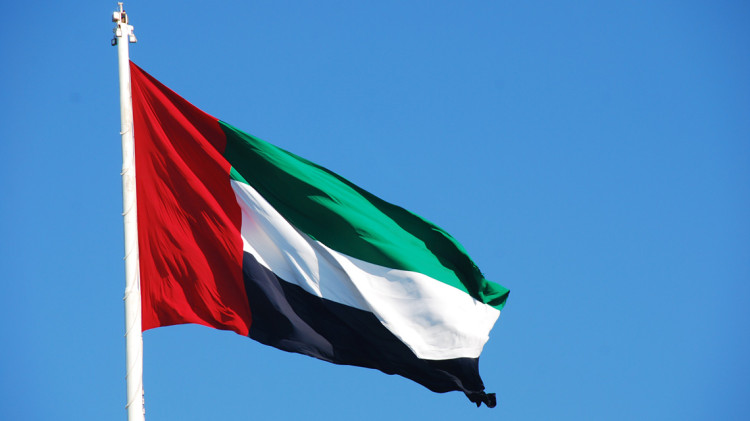An International Atomic Energy Agency (IAEA) team of experts said the operator of the United Arab Emirates’ (UAE) Barakah Nuclear Power Plant (NPP), the first NPP in the Arab region, had strengthened operational safety by fully addressing the findings of an initial IAEA safety review mission five years ago. In order to ensure continuous enhancements also in the future, the team encouraged the Barakah NPP to continue to use the IAEA’s nuclear safety review services.
The Operational Safety Review Team (OSART) today concluded a five-day follow up mission to the Barakah NPP. The mission, which focused on Unit 1 of the plant, was carried out at the request of the Government of the UAE to evaluate progress in addressing the findings of the IAEA’s pre-OSART mission that took place in 2017, three years prior to the start of operations in 2020.
OSART missions aim to improve operational safety by independently assessing safety performance against the IAEA’s safety standards, by proposing recommendations and, where appropriate, suggestions for improvement. Safety is an essential element during commissioning and the subsequent safe operation of a nuclear power plant.
The plant, owned by the Emirates Nuclear Energy Corporation (ENEC), is located in the Al Dhafra region of Abu Dhabi Emirate in the UAE, 280 km west of Abu Dhabi city. Two 1400 MW pressurized water reactors have been operational since 2020 and 2021. The third unit is due to start up in coming months, with all four units due online by 2025. The operator is Nawah Energy Company, a joint venture between ENEC and Korea Electric Power Company (KEPCO), which is also the prime contractor for the Barakah plant.
“IAEA safety review missions are essential in supporting our Member States, particularly those who are embarking in a new nuclear power programme, to establish high standards using IAEA Safety Standards as the basis from the beginning,” said IAEA Director of the Division of Nuclear Installation Safety Anna Hajduk Bradford. “We are glad to witness the improvement that has been made using the OSART mission service. We will encourage the Barakah NPP to continue to take full advantage of the IAEA review service and support in the future.”
The five-member team comprised experts from Finland, Hungary and the United Kingdom, and two IAEA officials.
“The plant has completed corrective actions to address all of the findings of the mission in 2017. We are pleased to observe significant improvement,” said Kari Maekelae, mission team leader and Senior Safety Officer at the IAEA Department of Nuclear Safety and Security. “The team encourages the plant to continue to apply the relevant corrective actions to Unit 4, which is currently under construction.”
The team observed that all findings from the 2017 review were resolved including:
- The plant has enhanced the effectiveness of its management in-field programme.
- The plant has improved its operating experience programme.
- The plant has established a comprehensive accident management programme and demonstrated the capability of the mobile equipment under simulated severe accident conditions.
His Excellency Mohamed Ibrahim Al Hammadi, Managing Director and Chief Executive Officer of ENEC said: “It has been a pleasure to host the IAEA at Barakah, as part of our commitment to transparent operations, and in line with all national regulations and international standards. We thoroughly analysed the findings of the IAEA’s Pre-OSART Mission in 2017 and developed a comprehensive action plan to address these findings in advance of the start of operations back in 2020. We are pleased that the IAEA OSART team has identified that all of the findings identified back in 2017 have been successfully resolved, moving our operational safety performance to a new level, which we will further build on as part of our commitment to continuous improvement in nuclear safety. We will continue to welcome missions from the IAEA, which offers significant international expertise and experience to Barakah.”
The team provided a draft report of the mission to the plant management. They will have the opportunity to make factual comments on the draft. These comments will be reviewed by the IAEA and the final report will be submitted to the Government of UAE within three months.
Background
General information about OSART missions can be found on the IAEA website. An OSART mission is designed as a review of programmes and activities essential to operational safety. It is not a regulatory inspection, nor is it a design review or a substitute for an exhaustive assessment of the plant’s overall safety status.
Follow up missions are standard components of the OSART programme and are typically conducted within two years of the initial mission.
The IAEA Safety Standards provide a robust framework of fundamental principles, requirements, and guidance to ensure safety. They reflect an international consensus and serve as a global reference for protecting people and the environment from the harmful effects of ionizing radiation.


